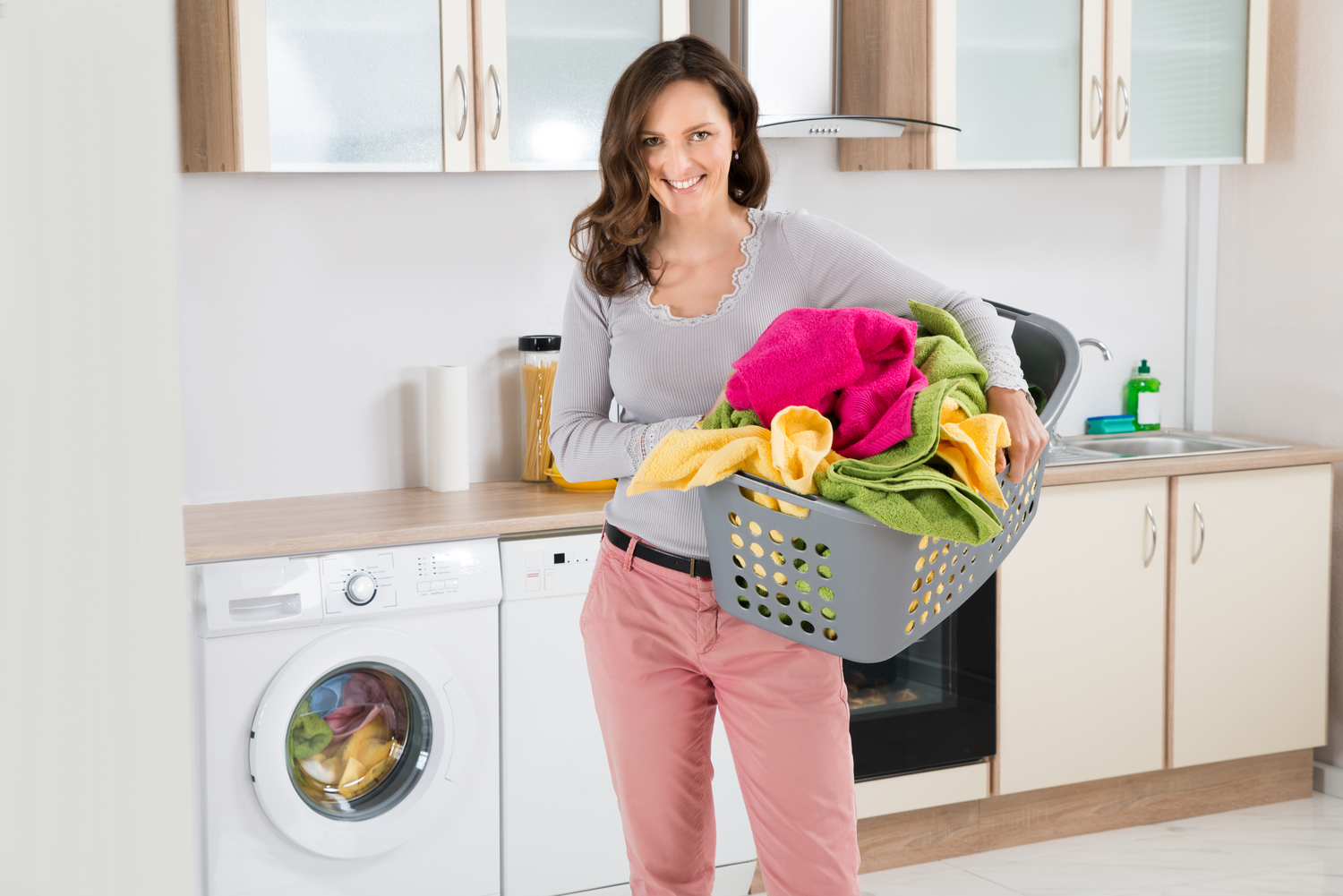4 common laundry mistakes to avoid

Most people know the basic rule of doing laundry, i.e., putting colored and white clothes in different loads. At times, this can be tedious. However, there are other mistakes you can make during the process. Certain mistakes can also compromise the mechanism of the washer or dryer and sometimes even damage the clothes. Here are some common laundry mistakes you can avoid to increase the life of your clothes and washing machine.
Using too much laundry detergent
Many believe putting more detergent in the washer will make the clothes cleaner. But this is far from the truth. Usually, using more laundry detergent than necessary can lead to the creation of suds that may not wash away easily. This can often leave a sticky residue that may attract dirt and bacteria. Therefore, using the recommended detergent amount for the laundry load size is best.
Failing to sort clothes by material
While you might sort your clothes by color, you may make the mistake of not sorting them by material. While this may seem alright, it can cause immense damage to the clothes. For instance, putting heavy items like jeans in the same load as delicate fabrics can cause abrasion, permanently damaging the clothes. Hence, you can sort the clothes by material and combine similar ones. This grouping can ensure that the clothes dry evenly as well.
Using excessive amounts of fabric conditioner or bleach
One of the most common laundry mistakes that can damage clothes is using too much fabric conditioner or bleach. In most circumstances, when you use these products correctly, you can preserve your clothes’ quality. But when you use these products more than necessary, the chemicals in them can damage your clothes. For example, using too much bleach in the laundry can ruin the quality of the clothes.
Choosing the wrong washer and dryer settings
Most modern-day washers and dryers have different settings compared to their older counterparts. Furthermore, if you use the washing machine without reading the instructions in the manual, it can cause damage to the clothes. For instance, putting delicate fabrics in the wrong setting can cause them to get tangled, snagged, or even torn during the washing process.
In addition to the common laundry mistakes mentioned above, you must avoid others that can damage the clothes. These include not reading the garment labels, not zipping up garments before the wash, and forgetting to clean the washer and dryer every few months. While these may seem harmless initially, they can cause immense damage in the long run.






